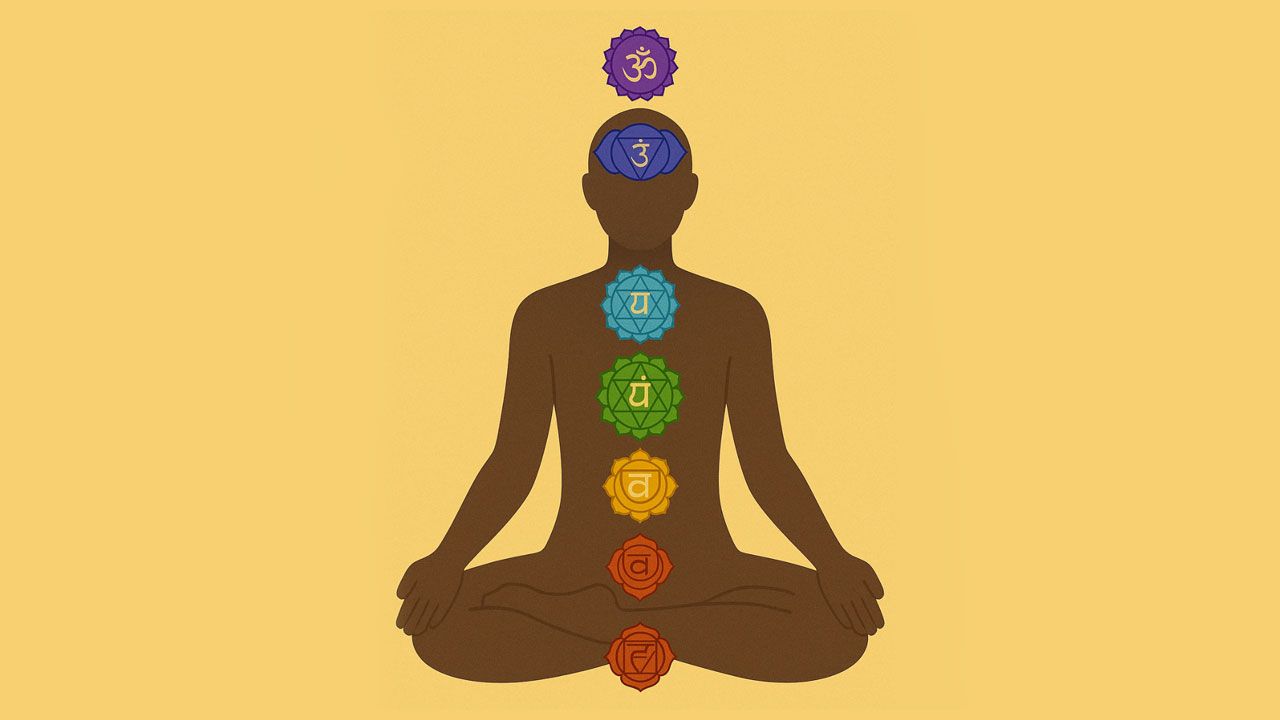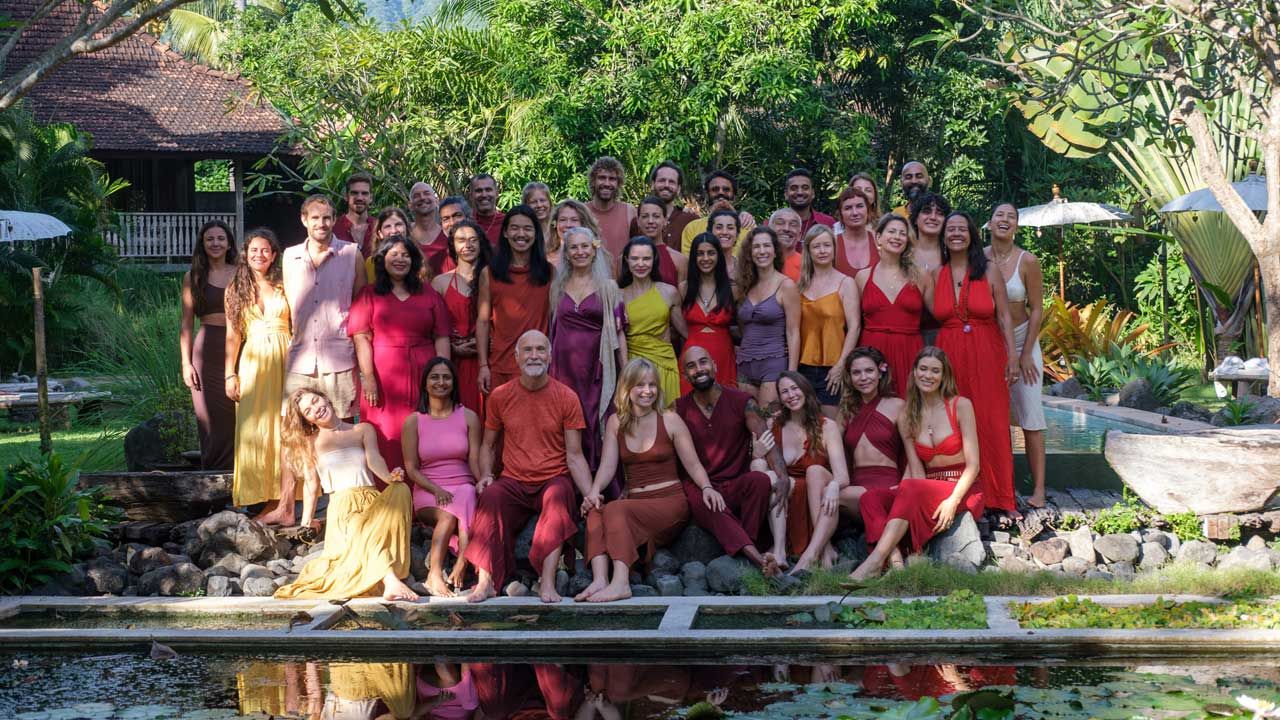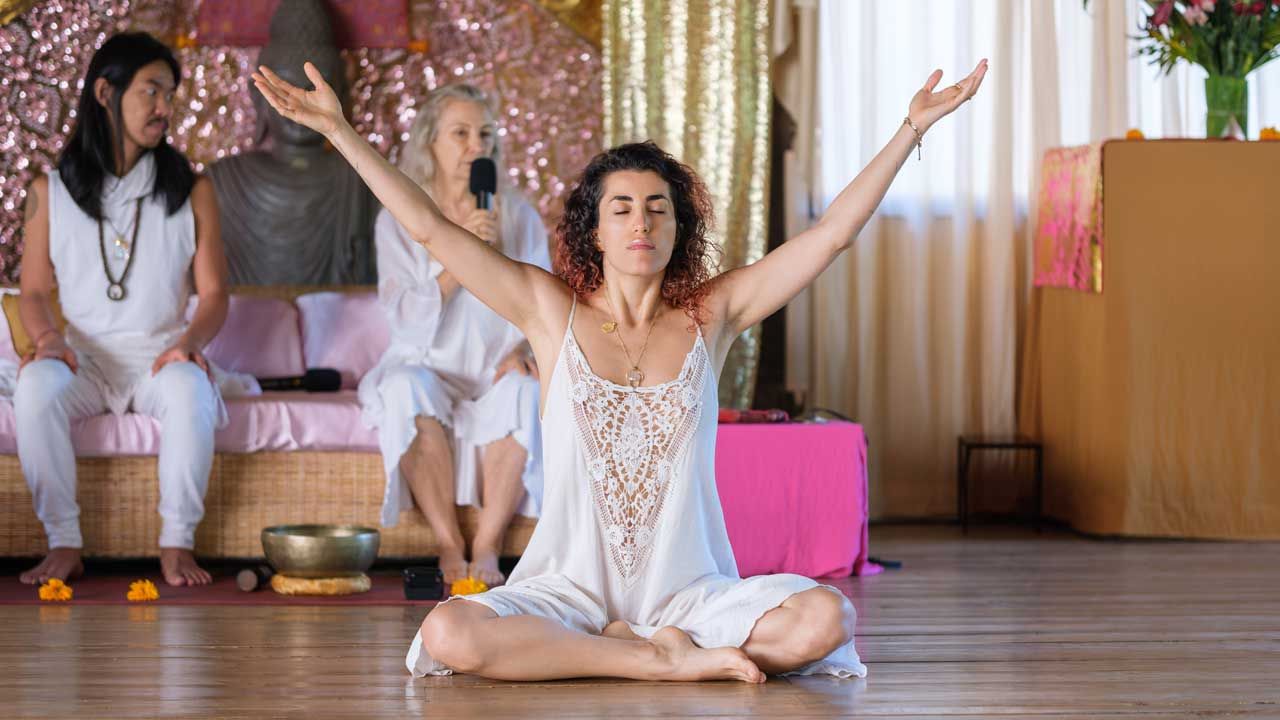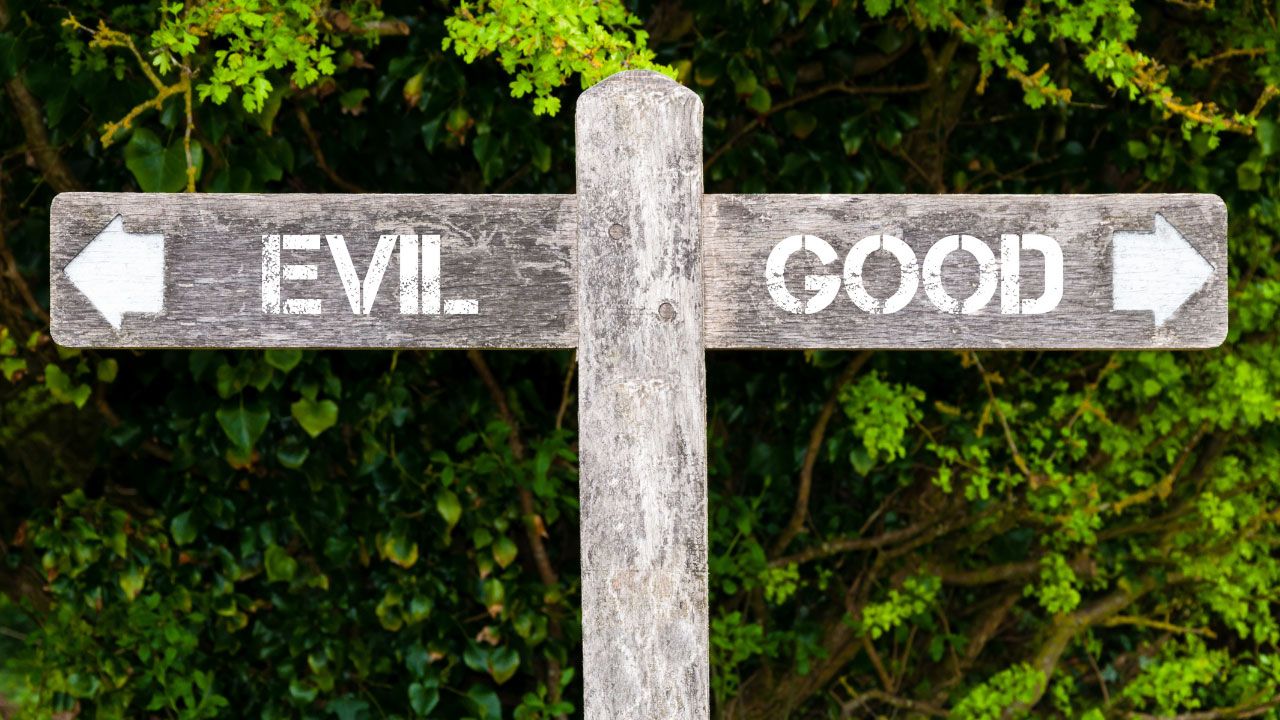The Historical Origin of Tantra in Hinduism and Buddhism
Jun 04, 2025
Tantra began in early medieval India, around the 6th century CE, in regions like Kashmir, Bengal, and Assam. It came from yogis, yoginīs, and renunciates who rejected the authority of caste and scripture.
Key figures like Matsyendranath, founder of the Nātha lineage, and Lakshminkara, an 8th-century Buddhist tantric adept, taught that liberation didn’t require celibacy, ritual purity, or priestly mediation. It required direct access to energy through the body, through breath, sexual energy, visualization, mantra, and ritual.
Early Definitions and Context
The word “Tantra” derives from the Sanskrit root tan, meaning “to weave” or “to expand,” and it does exactly that: weave the threads of the divine into the earthly, the spiritual into the sensual, and the light into the dark.
Born around the 6th century CE, it redefined the boundaries of sacredness by declaring that divinity isn’t something found outside us. Given the diversity within Tantra, defining a particular tantric tradition can be challenging due to varied interpretations, historical backgrounds, and practices.
Originating in regions like Kashmir, Assam, and Bengal, Tantra went on to spread across South and Southeast Asia, influencing Buddhist Vajrayana practices in Tibet, Shaktism in eastern India, and even elements of Jain meditation.
Proto-Tantric Elements in Vedic Traditions

Before Tantra emerged as a structured spiritual path, its core principles, like direct experience, energy work, and the union of opposites, were already present in earlier traditions. These proto-Tantric elements were spiritual beliefs that laid the groundwork for Tantra’s evolution, even before it had a name.
Here’s how Tantra’s early DNA showed up in different traditions:
- Rig Veda: In the Rigveda, the Keśin hymn celebrated “wild loners.” These were sages who roamed the wilderness, immersed in altered states of consciousness, connected to the divine through their ecstatic practices. These figures were not bound by ordinary rituals; their existence foreshadowed Tantra’s later embrace of direct, embodied spiritual experience.
- Upanishads: The Upanishads deepened this vision, speaking of energy channels within the body, using breath as a sacred bridge to Brahman, the ultimate reality. Their cryptic teachings of kundalini energy rising from the pelvic chakra to the crown chakra of the head hinted at the journeys that Tantra would later formalize into structured practices.
- Buddhism: Meanwhile, early Buddhist traditions carried proto-Tantric threads deeper. Magical chants and incantations became tools for accessing heightened states of awareness, reflecting Tantra’s later use of sound as a gateway to the divine. Texts like Bāṇabhaṭṭa’s Harshacharita and Daṇḍin’s Dashakumaracharita led to yogic and meditative components that formed the foundation.
Emergence During the Gupta Dynasty
By the time of the Gupta Dynasty (320–550 CE), Indian civilization was thriving. Often referred to as the Golden Age of India, this era saw an explosion of cultural, artistic, and intellectual achievements. Hinduism, Buddhism, and Jainism flourished, mathematics and sciences advanced, and philosophy deepened. But beneath the surface of the dominant Vedic traditions, something else was unfolding.
Before the 5th century, Hinduism was dominated by Brahmanical traditions, a system that emphasized external worship, fire sacrifices (yajnas), and strict adherence to caste-based priestly authority. The spiritual experience was mediated through the Brahmins, who performed the rituals necessary for divine favor.
The Composition of Tantric Texts: A New Spiritual Blueprint
One of the most defining shifts of this era was the composition of Tantric texts, the written foundations of a path that had likely existed in oral traditions long before. While some scholars trace early Tantric influences back to pre-Vedic and indigenous Indian traditions, it was during the Gupta period that Tantric Shaivism and Shaktism began taking their distinct forms.
By the 6th century CE, key texts began to emerge, laying down the practices and philosophies that would define Tantra for centuries. These included:
- The Śaiva Tantras - Texts dedicated to Shaivism, outlining esoteric rituals, mantra practices, deity visualizations, and the path of inner transformation through Shiva’s teachings.
- The Śākta Tantras - Rooted in the worship of the Divine Feminine, these texts detailed practices focused on Shakti (the primordial creative force), emphasizing the power of the Goddess in spiritual awakening.
- The Buddhist Tantras - Emerging around the 7th century but influenced by earlier traditions, Buddhist Tantra (Vajrayana) adapted many Tantric methods into its pursuit of enlightenment through visualization, energy practices, and deity communion.
Influence on Shaivism and Shaktism

By the 5th century, a powerful shift was occurring within Indian spirituality, the rise of the mother goddess cult. This period saw the goddess cults, particularly that of Durga, gain prominence as fierce manifestations of the divine feminine.
First-millennium CE literature significantly contributed to goddess worship, celebrating the divine feminine’s strength and nurturing aspects. This tradition integrated Shaktism with Shaivism, fostering the belief that without Shakti, Shiva is lifeless, emphasizing their interdependence.
Transgressive practices among Shaivite ascetics, like the Kapalikas and Pasupatas, further exemplify Tantra’s influence. Known for their unconventional practices, such as frequenting cremation grounds and carrying human skulls, these ascetics embodied the tantric ideal of transcending societal norms for spiritual liberation.
The Mother Goddess Cult & The Rise of Shaktism
During this time, goddess cults surged in popularity. Durga, Kali, and other fierce manifestations of Shakti were no longer just worshipped in temples; they were embodied, invoked, and experienced. These weren’t goddesses to passively adore, they were forces to merge with, to awaken within, to channel into one’s own being.
This shift challenged the status quo, especially the traditional patriarchal control over spirituality. The idea that the feminine was the source of creation, destruction, and transformation completely overturned Vedic structures that placed male deities and priests at the center of divine connection.
The first-millennium CE tantric texts embraced this Shakti-centered approach, emphasizing:
- Direct personal experience over priestly mediation, power was found within.
- Sacred sexuality and embodiment, pleasure and physical experience weren’t distractions from enlightenment; they were portals to it.
- Integration of duality - Shiva (pure consciousness) and Shakti (creative force) are interdependent, mirroring the union of all opposites.
Transgressive Tantra: Kapalikas, Pashupatas & Breaking Societal Norms
One of the most radical expressions of this tantric awakening was found in Shaivite ascetics like the Kapalikas and Pashupatas. They were spiritual rebels, transgressors, and radical seekers who believed that to achieve true liberation, one had to face, embrace, and transcend every societal and personal taboo.
They roamed cremation grounds, smeared themselves in ash, carried human skulls (kapalas), and engaged in practices meant to destroy attachment to illusion, fear, and conditioning.
While the Kapalikas and Pashupatas are often sensationalized in modern accounts, their practices were about fully facing the impermanence of life and moving beyond fear into full spiritual freedom.
Tantra & Its Misrepresentation: Beyond the Sexualized Narrative
Today, Tantra is often misunderstood, watered down, or reduced to Westernized ideas of “tantric sex”. While intimacy and connection are sacred elements of Tantric practice, the real essence of Tantra has always been about powerful energy work, deep embodiment, and radical self-liberation.
Tantric rituals use:
- Mantras (sacred utterances) to tune into divine energy.
- Mudras (symbolic hand gestures) to direct energy flows.
- Yantras (geometric diagrams) as portals to higher consciousness.
- Breathwork and Kundalini activation to awaken internal power.
Development of Buddhist Tantric Traditions: The Expansion of Tantra into Vajrayana Buddhism
By the 7th century CE, Tantra was no longer confined to Hinduism. It was expanding, adapting, and transforming within Buddhism as well.
Buddhist Tantra, also known as Vajrayana (“The Diamond Path”), evolved as a radical departure from mainstream Buddhist philosophy. While traditional Buddhism focused on gradual enlightenment through lifetimes of practice, Vajrayana used tantric methods to accelerate awakening, within a single lifetime.
Buddhist Tantric traditions absorbed many elements from Shaiva Tantra, including:
- Mantras - powerful vibrational sounds to invoke and embody divine energy.
- Mandala rituals - sacred geometric configurations used for deep meditation.
- Deity Yoga - visualizing oneself as a deity to integrate divine qualities.
- Energy work (Kundalini-like practices) to awaken dormant potential.
But the Buddhist interpretation transformed these methods into a structured path of liberation, blending Tantra with Mahayana Buddhist wisdom.
Key Texts and Manuscripts
For a tradition that is so deeply rooted in direct experience, Tantra is also steeped in textual wisdom, a vast, intricate world of manuscripts that preserve rituals, philosophies, energetic technologies, and meditative practices.
Yet, many of these texts remain hidden, untranslated, and untouched by modern scholarship. Tantra was never meant to be confined to intellectual study; it was a living, breathing practice passed down through oral transmission, secret initiations, and embodied rituals. But where these texts survive, they provide a glimpse into a tradition that refuses to be simplified, categorized, or controlled.
Unlike the structured, priest-controlled texts of Vedic Hinduism, Tantric texts were revolutionary in their accessibility, offering wisdom to women, lower castes, and non-renunciates who were excluded from traditional scriptural study. These texts challenged the idea that enlightenment was reserved for a select few. Instead, they provided pathways to power for those willing to work with energy, the body, and the mind in radically transformative ways.
The Three Pillars of Tantric Texts
Tantric literature is typically divided into three primary categories:
- Shaiva Agamas - The foundational texts of Shaivism, detailing esoteric rituals, energy work, deity worship, and meditative techniques to awaken Shiva-consciousness within.
- Vaishnava Samhitas - Tantric texts dedicated to Vishnu-centered traditions, integrating devotion (bhakti) with tantric methods to transcend spiritual duality.
- Shakta Tantras - Texts focused on Shakti, the Divine Feminine, exploring goddess worship, Kundalini activation, sacred sexuality, and the raw power of embodied transformation.
Each of these categories contains a vast, intricate network of traditions, including Śaiva, Vīraśaiva, Pāñcarātra, and Kaula Tantra, which have shaped Tantra’s evolution over centuries.
The Muktabodha Library & The Hidden Treasures of Tantra
In modern times, Tantra’s rich literary tradition has remained largely obscured, not just by Western misconceptions but by academic neglect and centuries of suppression by orthodox Hindu scholars. Many texts were intentionally destroyed, hidden, or kept secret by lineages that guarded their teachings fiercely.
However, the Muktabodha Library has become a groundbreaking digital archive, offering the largest searchable collection of Tantric literature available today. This resource includes over 2,600 ancient texts, many drawn from the Gokarna Vedic Manuscript Collections, providing a rare window into the lost wisdom of Tantra.
Beyond Muktabodha, Kathmandu has remained one of the last great vaults of Tantric manuscripts. Sacred texts, written in languages like Sanskrit, Prakrit, Bengali, and Newari, are preserved in institutions like:
- The National Archives of Nepal
- The Kaiser Library
These manuscripts contain ritual blueprints, secret mantras, and teachings on everything from sexual alchemy to deity embodiment, revealing Tantra’s true depth beyond the distortions of modern interpretation.
Modern Interpretations and Controversies on The Tantric Tradition
Tantra in the West
When Tantra made its way to the West, it was stripped of its depth and reduced to the singular idea of “sacred sex.” While sexual energy is a part of Tantra, it is not the practice. Tantra is about energetic mastery, transformation, and self-realization, not just better orgasms or tantric ritual.
Early scholars like John Woodroffe, a British colonial judge and one of the first serious students of Hindu Tantra, pushed back against this Western oversimplification. He translated and studied Tantric texts, presenting Tantra as a philosophical and ethical system, not just a collection of sexual rituals.
Osho and the Western Rebirth of Tantra

No conversation about Tantra’s arrival in the West would be complete without discussing Osho (Bhagwan Shree Rajneesh).
Osho dismantled taboos, weaving together elements of Tantra, Zen, Sufism, and existential philosophy into a living practice of presence, freedom, and embodiment. He rejected asceticism, guilt, and repression, instead offering a spiritual system that embraced pleasure and bodily awareness as sacred.
Osho’s Influence on Tantra in the West

Osho understood something essential:
The Western world had no patience for dogma, complex rituals, or rigid religious structures. What it needed was direct, experiential spirituality.
So he stripped Tantra of complexity, secrecy, and unnecessary esotericism, making it practical, immediate, and deeply personal.
His movement focused on:
- Active, cathartic meditations, breaking through conditioning and suppressed emotions through breath, sound, and movement.
- A radical approach to desire and sexuality, seeing pleasure as a gateway to presence, not a distraction from it.
- The dissolution of shame, embracing every aspect of the human experience as a path to enlightenment.
Rajneeshpuram
If Osho shook the foundations of spiritual thought, his commune in Oregon, Rajneeshpuram, shattered every expectation of what a spiritual movement could become.
In the early 1980s, Osho and his followers, known as sannyasins, left India and purchased 64,000 acres of land in rural Oregon, transforming the barren landscape into an experimental utopia. This is known as Rajneeshpuram. This was not just a retreat center, it was a fully operational city, complete with homes, businesses, a fire department, an airport, a massive meditation hall, and an infrastructure designed to support thousands of residents.
Rajneeshpuram was unlike anything the West had seen before, an intentional community built around the principles of Tantra, radical self-expression, and total spiritual liberation.
Summary
Tantra’s expansion into Tibet, Nepal, and beyond reveals a tradition that refuses to be confined to a single culture or time period. Its adaptability speaks to its core truth: that the body, mind, and energy are universal tools for awakening.
And yet, Tantra is not just history. It is a practice. A system. A call to those who are ready to reclaim their energy, their pleasure, and their spiritual autonomy. Tantra does not ask you to follow. It dares you to explore. To awaken. To embody.
For those willing to step beyond mainstream distortions and engage with Tantra in its full depth, it offers a map to self-realization that is both ancient and entirely relevant to this moment.
Tantra is a living path of power. And the only question that remains is:
Are you ready to walk it?
Frequently Asked Questions
Tantra wasn’t “invented”, it emerged, evolving over centuries from India’s earliest spiritual traditions. While it formally takes shape around the 6th century CE, its roots run deep, intertwining with Shaiva, Shakta, and Buddhist mysticism. Tantra has always been a disruptor, reshaping Hinduism and influencing Buddhism through various tantric practices, ultimately carving out a path of direct, embodied awakening that refuses to be limited by dogma.
Tantra is not just a philosophy, a ritual practice, or a belief system, it is a way of being. It is the recognition that everything, pleasure, pain, breath, energy, body, consciousness, is divine. Instead of rejecting the physical in pursuit of the spiritual, Tantra fuses them together, offering practices that awaken raw, unfiltered power in the practitioner.
The Gupta Dynasty (320–550 CE) was Tantra’s breaking point, when it stopped being just an undercurrent and fully stepped into its own identity. This was when the first Tantric texts appeared, codifying ritual practices that had long existed in secrecy. It was when Shaktism surged forward, centering the power of the Goddess. It was when Tantric Shaivism took root, pushing against the rigidity of Vedic orthodoxy.
Tantra transformed Shaivism and Shaktism from devotional paths into direct, embodied experiences of divinity.
For Shaivism, it introduced deep inner alchemy practices, awakening the dormant energy of Kundalini and merging consciousness with Shiva, the unmoving, infinite force of awareness.
For Shaktism, it was a revolution. The Goddess was no longer just a nurturing figure, she was power itself, Kali, Durga, Lalita, fierce, erotic, raw, untamed. Tantra placed Shakti at the center of spiritual awakening, revealing that without her, there is no movement, no creation, no realization.
By the 7th century, Tantra was no longer just a Hindu phenomenon. Buddhist monks and scholars, especially in Tibet and Nepal, began integrating Tantric practices into Vajrayana Buddhism, a branch of Buddhism designed to fast-track enlightenment through intense, transformative rituals.
Buddhist Tantra introduced:
- Mantras & deity yoga, where practitioners embody enlightened beings.
- Advanced meditation & energy practices to bypass intellectual barriers.
- Practices such as inner fire meditation, merging wisdom (prajna) and method (upaya) for full integration.















